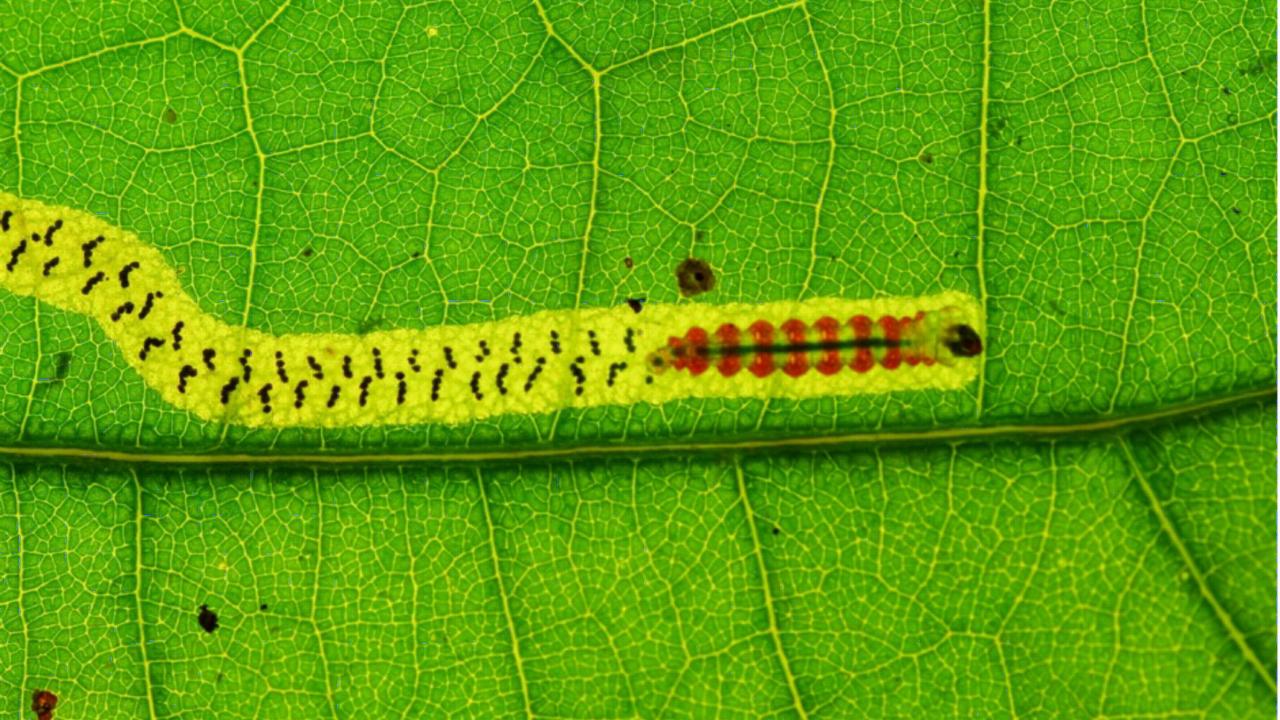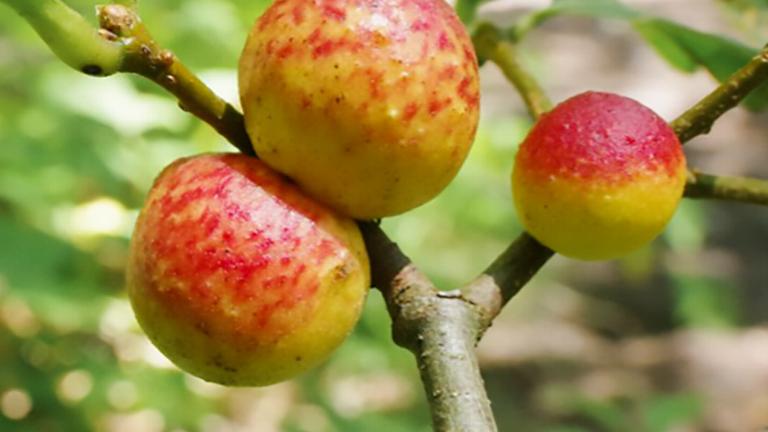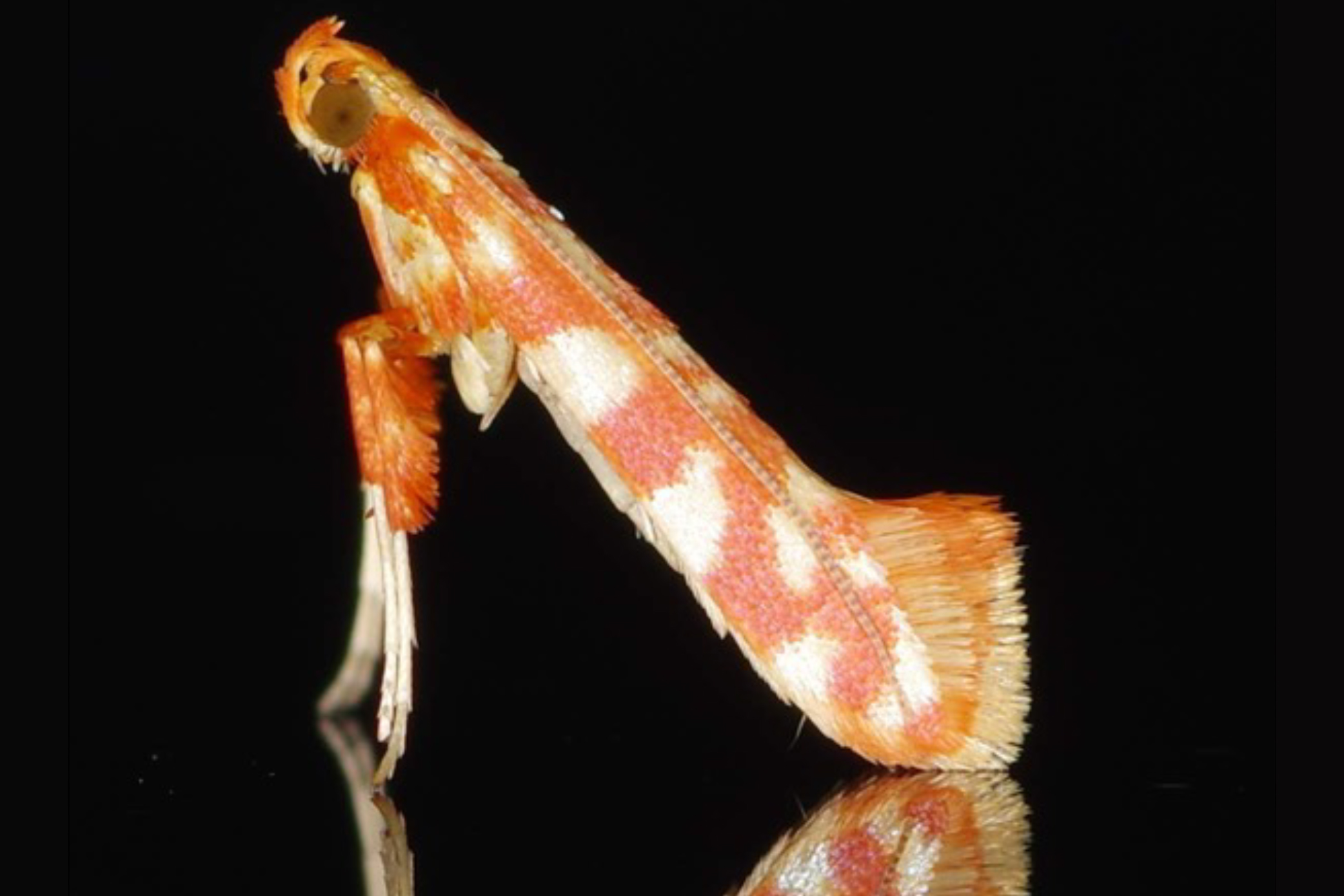
I am an entomologist and interested in the evolution and ecology of plant-insect interactions. I study the molecular mechanisms of gall-induction by insects and their evolution. I started by investigating the evolution of gall-induction in micromoths (Gracillariidae) during my PhD at the University of Tours (France) and the Prefectural University of Kyoto (Japan). During my first postdoc at the Pennsylvania State University (USA), I worked on the anatomy and composition of the venom glands of gall wasps (Cynipidae). At Naturalis, I am working on the systematics of gall-inducing micromoths.
Keywords
plant-insect interactions, galls, evolution, micromoths, gall-wasps
Researchinterest
I am particularly interested in the biology, evolution and systematics of two insect groups: Gracillariidae (Lepidoptera) and Cynipidae (Hymenoptera). To study the interactions of these insects with their host plant I use a various set of experimental tools:
a) With functional morphology and comparative anatomy I look for the organs involved in the manipulation of the plant development and physiology. b) with phylogenetic comparative methods I test evolutionary hypotheses. c) with comparative transcriptomics I reveal the insect genes possibly involved in gall induction.
As a field entomologist, I participated in several expeditions in Asia, South and North America, to collect specimens.


Currenttopics
Systematics of gall inducing Caloptilia (Gracillariidae).
Gall-inducting has evolved repeatedly and independently in different groups of insects. Insect clades including both gall-inducing and non-galler species are models to study the first stages of gall evolution and its impact on species diversification. In my research project, I focus on micromoths of the Caloptilia genus (Gracillariidae: Lepidoptera) associated with Phyllanthaceae hostplants, among which one species is known as a gall inducer. This clade contains seven described species distributed in East Asia and Oceania, among which only one is gall inducing. However, I was able in my past research to the discovery of 10 new species, among which 4 gall-inducing species. My current project consists of their taxonomic description.

Keypublications
- Guiguet, A., Hamatani, A., Amano, T., Takeda, S., Lopez-Vaamonde, C., Giron, D., and Ohshima, I. (2018). Inside the horn of plenty: Leaf-mining micromoth manipulates its host plant to obtain unending food provisioning. PLoS ONE 13, e0209485. 10.1371/journal.pone.0209485.
- Guiguet, A., Ohshima, I., Takeda, S., Laurans, F., Lopez-Vaamonde, C., and Giron, D. (2019). Origin of gall-inducing from leaf-mining in Caloptilia micromoths (Lepidoptera, Gracillariidae). Sci Rep 9, 6794. 10.1038/s41598-019-43213-7.
- Guiguet, A., McCartney, N.B., Gilbert, K.J., Tooker, J.F., Deans, A.R., Ali, J.G., and Hines, H.M. (2023). Extreme acidity in a cynipid gall: a potential new defensive strategy against natural enemies. Biology Letters 19, 20220513. 10.1098/rsbl.2022.0513.
- Guiguet, A., Tooker, J.F., Deans, A.R., Mikó, I., Ning, G., Schwéger, S., and Hines, H.M. (2023). Comparative anatomy of venom glands suggests a role of maternal secretions in gall induction by cynipid wasps (Hymenoptera: Cynipidae). Insect Systematics and Diversity 7, 3. 10.1093/isd/ixad022.
- Warren, R.J., Guiguet, A., Mokadam, C., Tooker, J.F., and Deans, A.R. (2022). Oak Galls Exhibit Ant Dispersal Convergent with Myrmecochorous Seeds. The American Naturalist 200, 292–301. 10.1086/720283.
In the Media
Interview by the podcast In defense of plants:
https://www.indefenseofplants.com/podcast/2023/6/4/pxxjmt3g0lv5ksjfj3hhd1sqmu7y6d
Interview by Biology Letters for being finalist of the 2023 Biology Letters Best Paper Prize:
https://royalsociety.org/blog/2024/01/bl-best-paper-prize-2023-part-2/